
When it comes to 3D printing materials, PLA (Polylactic Acid) stands out as the most popular and versatile filament choice for both beginners and professionals. Whether you're creating protective dirt guards for vehicles, custom automotive parts, or intricate prototypes, understanding PLA's properties and applications can transform your 3D printing projects.
What is PLA 3D Printing Material?
PLA, or Polylactic Acid, is a biodegradable thermoplastic polymer derived from renewable resources like corn starch, sugarcane, or tapioca roots. Unlike petroleum-based plastics, PLA offers an eco-friendly alternative that doesn't compromise on quality or performance. This makes it an ideal choice for environmentally conscious manufacturers and hobbyists alike.
The material melts at relatively low temperatures (around 180-220°C), making it easier to work with than other 3D printing materials like ABS or PETG. Its low melting point also means reduced energy consumption during printing, contributing to both cost savings and environmental benefits.
Key Properties of PLA Filament
Ease of Use
PLA is renowned for being beginner-friendly. It adheres well to most print bed surfaces, requires minimal warping, and produces consistent results with basic printer settings. This reliability makes it perfect for both simple household items and complex mechanical parts.
Surface Finish
One of PLA's standout features is its excellent surface finish. Printed parts come out smooth with minimal layer lines, often requiring little to no post-processing. This quality is particularly valuable when creating visible components like automotive dirt guards or decorative elements.
Strength and Durability
While PLA may not match the impact resistance of materials like ABS, it offers excellent tensile strength and rigidity. This makes it suitable for functional parts that don't require extreme flexibility, such as protective covers, brackets, and structural components.
Color Variety
PLA filament is available in an extensive range of colors and finishes, from standard colors to metallic, wood-filled, and glow-in-the-dark variants. This versatility allows for creative freedom in both functional and aesthetic applications.
Practical Applications of PLA 3D Printing
Automotive Applications
PLA excels in automotive applications where precision and durability matter. Common uses include:
- Dirt Guards and Mud Flaps: Custom-fitted protective guards that shield vehicles from road debris and mud
- Interior Trim Pieces: Replacement or custom dashboard components, cup holders, and storage solutions
- Mounting Brackets: Sturdy brackets for electronics, cameras, or accessories
- Prototyping: Quick iteration of automotive parts before final production
Industrial and Commercial Uses
Beyond automotive applications, PLA serves numerous industrial purposes:
- Tooling and Fixtures: Jigs, guides, and assembly aids for manufacturing processes
- Replacement Parts: Quick production of discontinued or hard-to-find components
- Packaging Solutions: Custom packaging inserts and protective cases
- Educational Models: Detailed prototypes and demonstration pieces
Consumer Products
PLA's safety profile and ease of use make it ideal for consumer-facing products:
- Household Items: Kitchen utensils, organizers, and home improvement solutions
- Toys and Games: Safe, durable recreational items
- Art and Decoration: Sculptures, architectural models, and decorative objects
Why Choose PLA for Your 3D Printing Projects?
Environmental Benefits
As a bioplastic, PLA represents a sustainable choice in 3D printing. It's derived from renewable resources and is biodegradable under proper composting conditions, making it an excellent option for environmentally responsible manufacturing.
Cost-Effectiveness
PLA filament typically costs less than many specialty 3D printing materials while offering broad compatibility with most FDM 3D printers. This affordability makes it perfect for both prototyping and production runs.
Reliability
The consistent printing characteristics of PLA mean fewer failed prints and less material waste. This reliability is crucial when producing functional parts like dirt guards where precision and consistency are essential.
Safety
PLA is generally considered safe for indoor use, producing minimal odors during printing and no toxic fumes. This makes it suitable for office environments and educational settings.
Tips for Successful PLA 3D Printing
Printer Settings
- Print Temperature: 190-210°C (nozzle), 50-60°C (bed)
- Print Speed: 40-60 mm/s for optimal quality
- Layer Height: 0.1-0.3mm depending on desired resolution
Storage and Handling
Keep PLA filament in a cool, dry place to prevent moisture absorption, which can affect print quality. While PLA is less hygroscopic than other materials, proper storage extends its lifespan and maintains consistent printing results.
Post-Processing
PLA parts can be sanded, painted, and glued easily. For automotive applications like dirt guards, consider applying a UV-resistant coating to prevent degradation from sun exposure.
The Future of PLA in 3D Printing
As 3D printing technology continues to evolve, PLA remains at the forefront due to ongoing improvements in formulation. New PLA variants offer enhanced properties like increased temperature resistance, improved impact strength, and specialized characteristics for specific applications.
For businesses looking to leverage 3D printing for custom solutions, PLA provides the perfect balance of ease of use, cost-effectiveness, and performance. Whether you're creating protective automotive components or custom industrial parts, PLA 3D printing material offers the versatility and reliability needed for successful projects.
Conclusion
PLA 3D printing material represents the ideal starting point for anyone entering the world of additive manufacturing, while remaining sophisticated enough for professional applications. Its combination of environmental friendliness, ease of use, and excellent results makes it the go-to choice for everything from protective dirt guards to complex mechanical assemblies.
Ready to explore the possibilities of PLA 3D printing for your next project? The versatility and reliability of this remarkable material make it perfect for bringing your creative and functional designs to life.


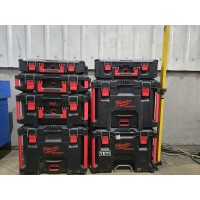
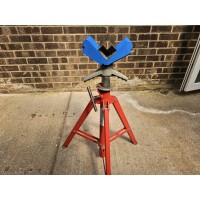
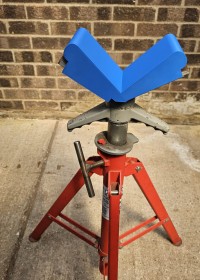
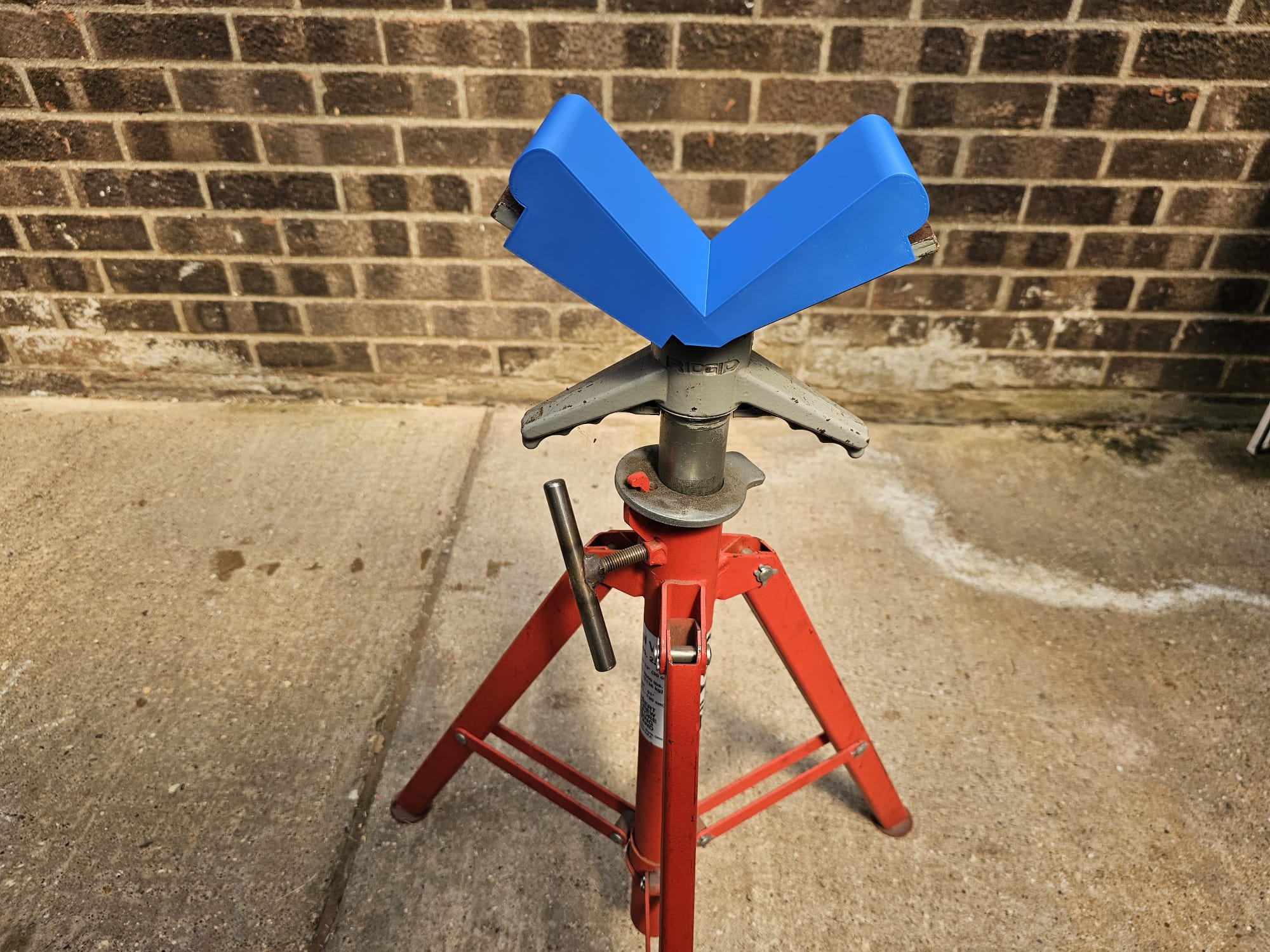
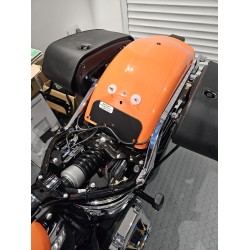
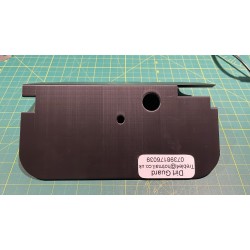
1 Comment(s)
what other type of materials can be used with a 3D Printer?
Leave a Comment